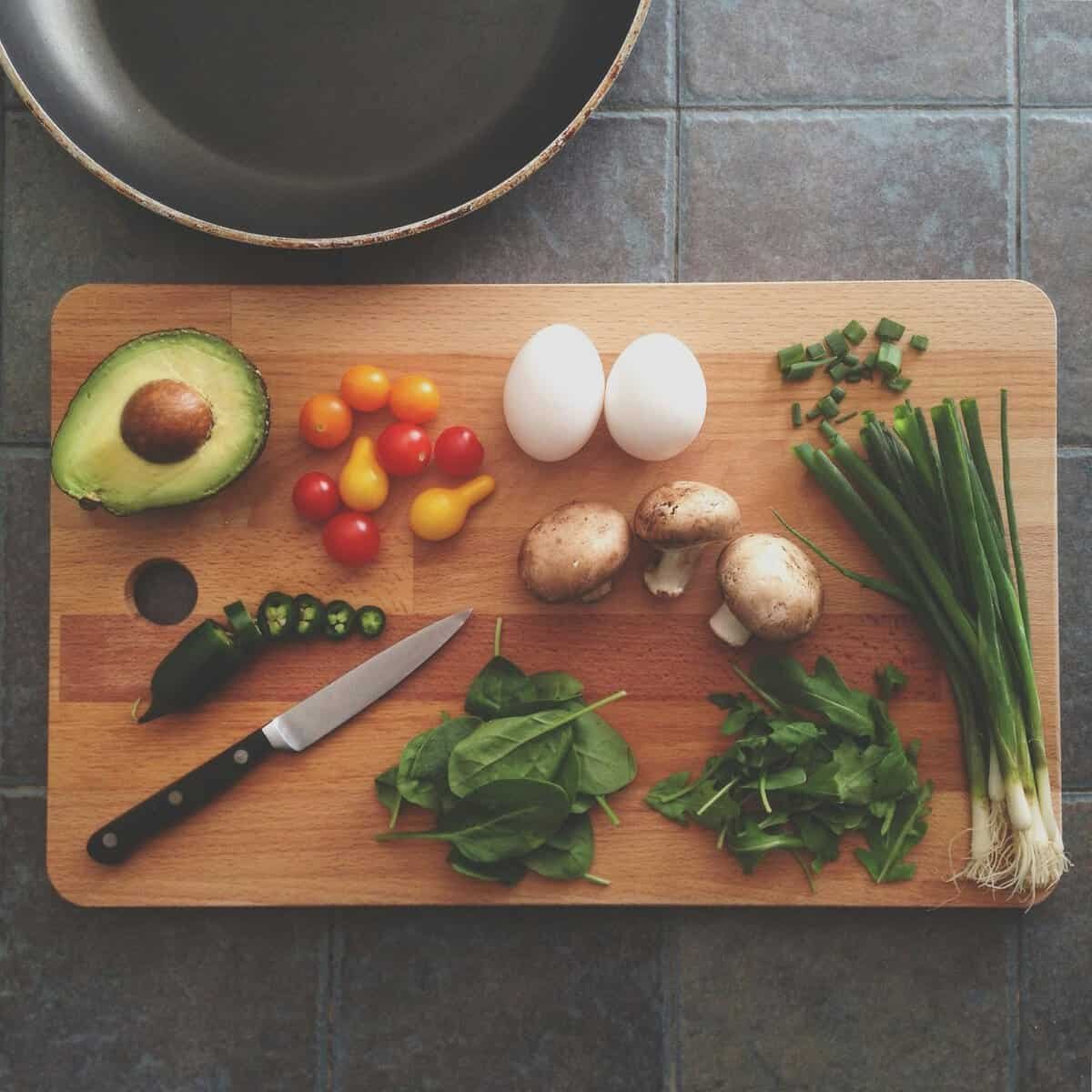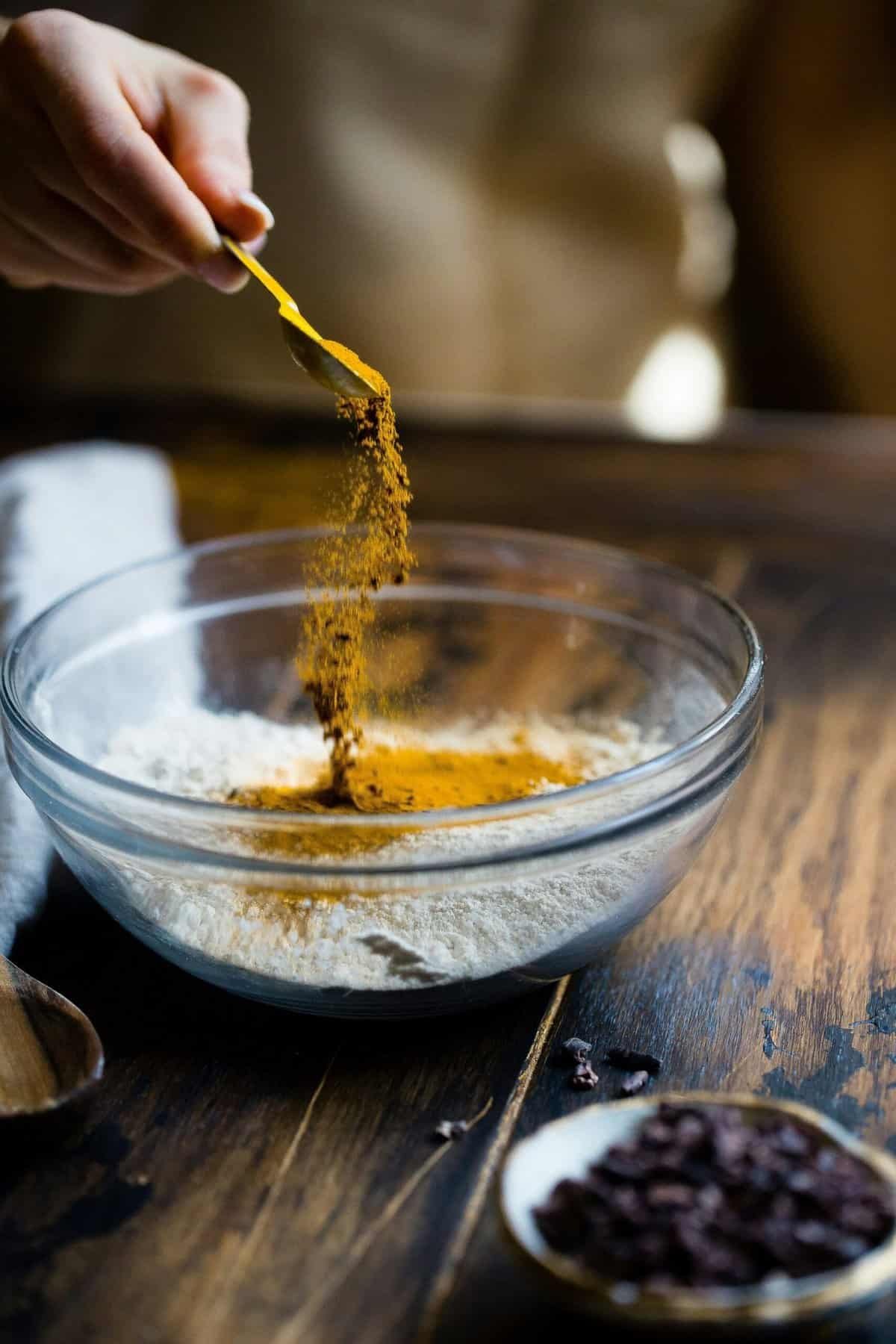Have you ever thought about adding nopal to your culinary repertoire but weren’t quite sure where to start? Cooking and eating nopal, or prickly pear cactus, is easier than you might think, and sautéing it is a simple yet delightful method. This unique ingredient can transform your meals, adding a touch of traditional Mexican flavor and a wealth of nutrition. In this guide, you’ll discover not only the step-by-step process of sautéing nopal but also the health benefits and tips for serving it. Let’s embark on this journey to create a quick and healthy dish that’s sure to impress!

What is Nopal?
Nopal is a type of cactus native to Mexico, prized not only for its culinary uses but also for its wide range of health benefits. The term ‘nopal’ refers to the pads, or leaves, of the prickly pear cactus. When cooked, it has a soft, slightly tangy flavor that’s often compared to green beans or asparagus.
Nutritional Value
Nopal is full of essential nutrients. It’s low in calories and packed with fiber, making it an excellent choice for those on a healthy eating regimen. Here’s a brief overview of what’s inside this amazing plant:
| Nutrient | Benefit |
|---|---|
| Fiber | Aids in digestion and controls blood sugar levels |
| Vitamin C | Supports immune function |
| Calcium | Strengthens bones and teeth |
| Magnesium | Essential for many bodily functions |
| Antioxidants | Protect cells from damage |
Adding nopal to your diet can provide these nutrients while contributing to overall health improvement.
The Health Benefits of Eating Nopal
When you incorporate nopal into your meals, you’re not just experiencing its unique taste; you’re also gaining numerous health advantages. Let’s explore why this cactus is a smart choice for your kitchen.
Aids in Weight Management
Nopal is exceptionally low in calories and high in fiber, which makes it a filling addition to meals, helping in weight management. The fiber content helps you feel fuller longer, reducing the need to snack between meals.
Controls Blood Sugar Levels
Research suggests that nopal can help regulate blood sugar levels by decreasing sugar absorption in the intestines. This makes it a helpful dietary addition for those managing diabetes or pre-diabetes.
Supports Digestive Health
The high fiber content aids digestion and promotes a healthy gut by facilitating the proper movement of food through your digestive tract. Incorporating fiber-rich foods like nopal can help prevent constipation and enhance digestive health.
Preparing Nopal for Cooking
To enjoy the benefits and flavors of nopal, you need to prepare it properly. Handling raw nopal might seem a bit daunting at first due to its spines, but it’s relatively simple with the right approach.
Choosing Fresh Nopal
Look for firm, vibrant green pads with minimal bruising or brown spots. Freshness is key, as it ensures the best texture and taste when cooked.
Cleaning the Nopal
Here are some steps to effectively clean nopal:
Wear Gloves: The spines can be prickly, so protective equipment like gloves will safeguard your hands.
Rinse Under Water: Remove any loose dirt by gently rinsing the pads under cold water.
Remove Spines and Eyes: Hold the pad flat on a cutting board and use a sharp knife or vegetable peeler to carefully scrape off the spines and nodes (eyes).
Trim the Edges: Once de-spined, trim around the edges to ensure no sharp bits remain.
Rinse Again: Give the nopal a final rinse to remove any leftover pieces of spines.
Cutting Nopal
Here’s how to cut your cleaned nopal:
- Strips: Slice the pads into ½ inch strips if you prefer long, noodle-like pieces.
- Cubes: Dicing into small cubes allows for even cooking and is perfect for a more uniform sauté.
How to Sauté Nopal
Sautéing nopal brings out its best flavors and textures. This cooking method is quick, requiring just a handful of ingredients typically found in your kitchen.
Ingredients You’ll Need
Here’s what you’ll need to sauté nopal:
- 2 cups of cleaned and sliced nopal
- 1 tablespoon olive oil or vegetable oil
- 1 chopped onion
- 2 minced garlic cloves
- Salt and pepper to taste
- Optional: a squeeze of lime juice for added zest
Step-by-Step Cooking Guide
Heat the Pan: Place a large skillet over medium heat and add the oil.
Sauté Onions and Garlic: Once the oil is warm, add the chopped onions. Cook until they are translucent, about 5 minutes. Add the garlic and cook for another minute.
Add Nopal: Incorporate the cleaned and sliced nopal into the pan. Stir well to combine with onions and garlic.
Cook Until Tender: Let the nopal sauté for about 10-15 minutes, stirring occasionally. Cook until the pads become tender and their color changes to a slightly darker green.
Season: Season with salt and pepper to taste. Optionally, squeeze some lime juice over the top for a fresh kick.
Serve Warm: Your sautéed nopal is ready to be served as a side dish or incorporated into other recipes!
Cooking Tips
- Control the Slime: Nopal may release a sticky substance called mucilage during cooking. If this texture isn’t appealing, you can significantly reduce it by rinsing the sliced nopal under hot water before sautéing.
- Add Spices: Customize the dish by adding spices like cumin, chili powder, or herbs like cilantro for a personalized touch.

Serving Suggestions
Pairing your sautéed nopal with complementary dishes can enhance your meal’s flavor and nutritional value. Here are some suggestions:
As a Side Dish
Serve your nopal alongside grilled chicken, steak, or fish. The mild, tangy flavor of nopal pairs beautifully with grilled meats and adds a refreshing element to the plate.
Tacos and Burritos
Layer nopal into tacos or burritos as an alternative to traditional veggies. It provides a delightful texture and enriching taste to your wraps.
Breakfast Addition
Mix sautéed nopal into scrambled eggs or an omelette for a nutritious breakfast. It infuses a distinct flavor that distinguishes your morning meal.
Salads
Combine with tomatoes, onions, jalapeños, and avocado to make a refreshing nopal salad. Dress with lime juice, olive oil, salt, and pepper for a vibrant starter or side dish.
Nutrient-Packed Bowls
Top your favorite grain bowl with sautéed nopal for an added boost of fiber and nutrients. It complements quinoa, rice, or even noodles impeccably well.
Adding Nopal to Your Diet
Incorporating nopal into your diet doesn’t have to be overwhelming or time-consuming. With its versatile flavor and nutritional benefits, it can be a great addition to various meals. Start with small portions, gradually increasing them as you grow accustomed to its taste and texture.
Storage Tips
If you have leftover nopal, here’s how you can store it:
Refrigeration: Place in an airtight container and keep in the refrigerator for up to five days.
Freezing: Blanch the nopal briefly in boiling water, then drain and freeze. This allows you to preserve it for longer, helping you have a ready-to-use ingredient straight from the freezer.

Conclusion
Learning how to sauté nopal is a rewarding experience, unlocking a world of flavors and health benefits. As you become more familiar with this unique ingredient, you can experiment with different recipes and methods of preparation. Its versatility means there are countless ways to enjoy it, adding a nutritious element to your meals. Now it’s your turn to bring nopal into your kitchen and elevate your culinary creations with this delightful and healthful cactus!

